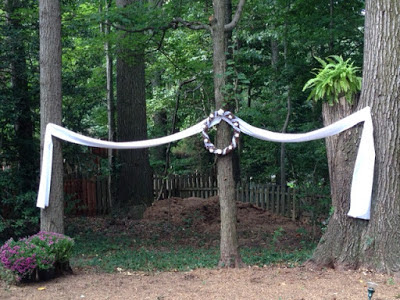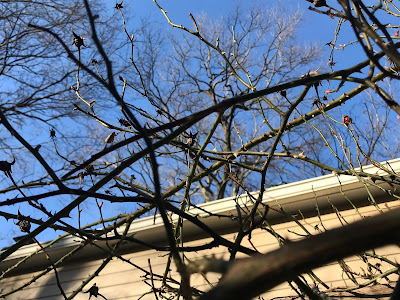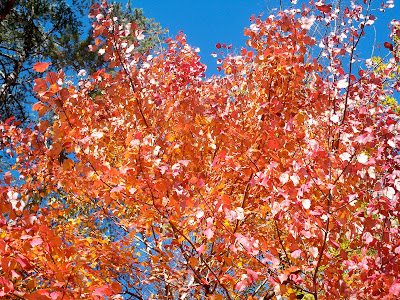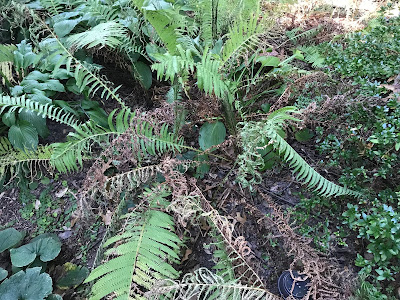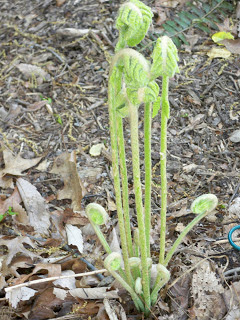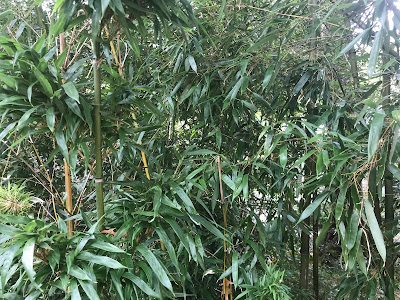Time to Savor
The backyard has become my secondary landscape, its trees and corners my escape hatch. Bouncing on the trampoline last evening, I marveled at the scene: low light touching leaf buds; the first green (which is gold) from the big front yard oak, which rises high above the house and at that hour was catching the rays of the setting sun.
After bouncing I lay out on the tramp to do some stretching. I kept my eyes on cirrus clouds floating lazily across the pale blue sky. In my ears, some Enya, a studious avoidance of news.
There was little to interfere with the tableau. Few cars on the road so no loud engine noise. A still evening with no wind chiming. My work for the day complete, an evening of relaxation ahead. A sudden sense of satisfaction, of completion. This is what we have now. This is what we always have but don’t have time to savor.




